The 5 Best Roofing Companies in Fayetteville, NC for 2024
How do you find the best roofers? Ask an experienced roofing contractor who knows all the other roofing contractors in Fayetteville NC!
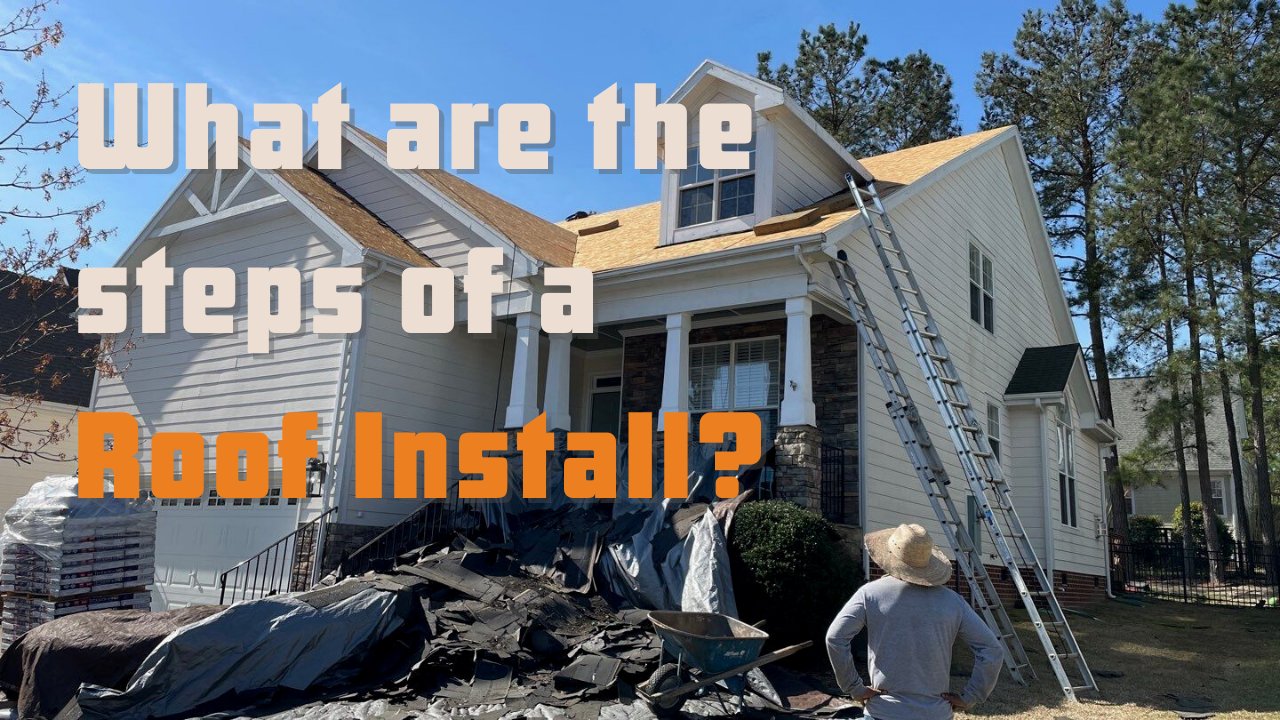
Starting any roofing project, especially any roof replacement, is daunting for those going through it the first time. It’s a major construction project that unfolds directly above your home.
It involves a lot of mess, safety equipment, and noise.
As such, many homeowners who reach out to us at On Tops Roofing are nervous about the whole thing. Some of the more popular questions asked are: “How long is it going to take?” “Will my things be damaged?” “How do I get ready for it?” As well as today’s topic: “What does the process of a roof replacement look like?”
In today’s blog we’re going to be breaking down:
Alright, let’s get started!
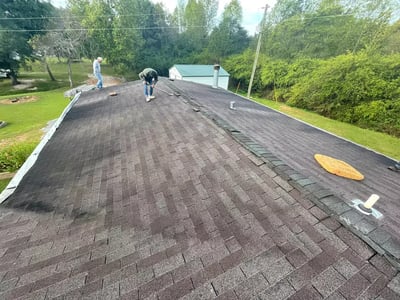 The first step in installing a new roof is to tear off the old one. This involves removing all the old shingles, as well as any other materials on the roof, such as flashing, underlayment, and nails.
The first step in installing a new roof is to tear off the old one. This involves removing all the old shingles, as well as any other materials on the roof, such as flashing, underlayment, and nails.
Your roofing contractor should take multiple steps to protect your property before this process starts, including covering sensitive areas of your home and yard with tarps, having a dumpster delivered to dispose of the old materials, and using wooden boards to protect things like your garden and air conditioning unit.
The tear off will typically start early in the morning, and may take a few hours depending on the size and complexity of your roof.
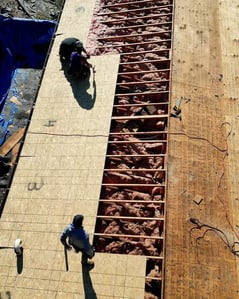
After tearing off the old roof, the roofing contractor will inspect the roof decking to ensure it is in good condition. By roof decking, we mean the layer of wood that is used to attach roofing materials to the frame of the building. If any damage is found, the damaged wood will be replaced with new plywood or oriented strand board (OSB). This step is essential to ensure a solid and stable base for the new roof.
OSB is the most common form of roof decking used today. It is made by compressing layers of wood strands and resin together to form a strong and stable panel. Its strength, durability, and affordability make it a popular choice for roof decking.
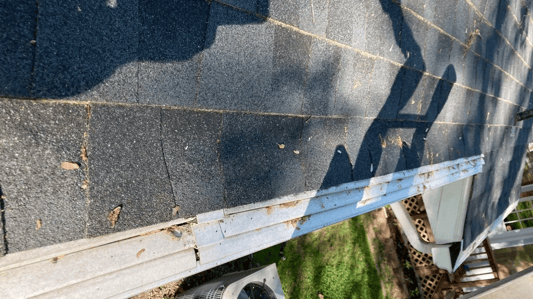
The next step is to install a drip edge along the eaves and rakes of the roof. Drip edge is a metal flashing that is installed along the edges of the roof to prevent water from running under the shingles and seeping into the roof decking. There are several different materials used for drip edge, including aluminum and PVC.
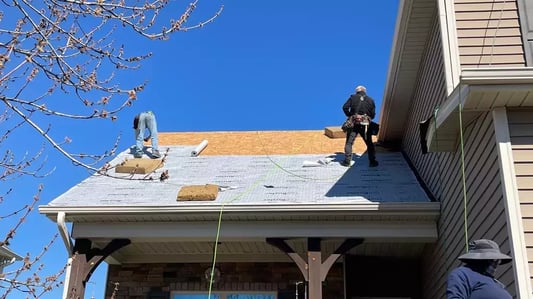
Once the drip edge has been installed, the next step is to cover the roof decking with underlayment. Underlayment is a water-resistant barrier that is installed over the roof decking to provide an extra layer of protection against water damage. The most common materials used for underlayment are a felt paper, and a synthetic underlayment made from fiberglass or polyester.
Synthetic underlayment has a couple of advantages over felt paper, which is why it’s more commonly used today. It’s lighter, and tougher, making it easier for contractors to install, and walk on without accidentally tearing through it.
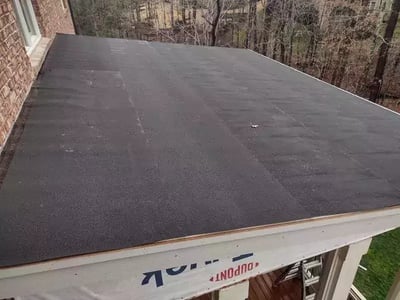 In areas where two roof planes meet, such as in a valley, a special leak barrier is installed to prevent water from working its way under the shingles and into the roof decking. There are several different types of leak barriers available, including self-adhesive membranes and metal flashing.
In areas where two roof planes meet, such as in a valley, a special leak barrier is installed to prevent water from working its way under the shingles and into the roof decking. There are several different types of leak barriers available, including self-adhesive membranes and metal flashing.
These membranes are good for providing additional protection in areas where water will be spending a lot of time, like in valleys, around penetrations, and on lower-slope roofs that water will take longer to run off.
Most major roofing brands sell their own version of leak barrier, and require it to be installed in the aforementioned areas for the roof to be protected by any contractor workmanship warranty that they offer.
After the underlayment and leak barrier have been installed, it's time to start laying the shingles. The first row of shingles is installed using starter shingles, which are specifically designed to provide a secure base for the rest of the shingles. Starter shingles can be made from a variety of materials, including asphalt and fiberglass.
In the past, contractors often used upside down shingles to start the first layer of shingles, but recent innovations in the starter shingle product have ended that technique. The starter shingles are thinner than a normal shingle would be, so that front layer sits flat on the roof and allows water to run off easier. They also provide a better, stickier base to prevent wind from blowing up underneath the first line of shingles.
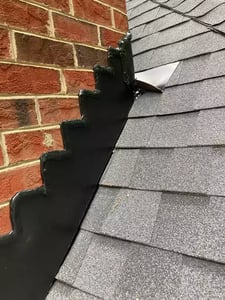
Flashing is installed around walls and other penetrations, such as chimneys and vents, to prevent water from seeping in around them. Flashing can be made from a variety of materials, including metal and rubber. Flashing will be installed using a couple of different methods, depending on what it’s protecting, and where it’s located on the roof.
Now that all of the other protective materials are in place, the install of the roofing shingles can commence. There are many different types of shingles available, including asphalt, metal, and tile. Asphalt shingles are the most common type of roofing material, and they come in a wide variety of colors and styles.
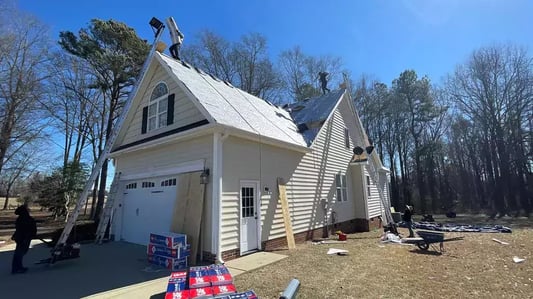 The most frequently installed asphalt shingles today are architectural shingles, which are two-ply shingles that have more dimension, as opposed to the flatter three-tab shingles that were most frequently installed in the past. Most manufacturers also offer a line or two of luxury shingles, which are heavier, and far more expensive. These shingles are made to look like slate or shake roofs.
The most frequently installed asphalt shingles today are architectural shingles, which are two-ply shingles that have more dimension, as opposed to the flatter three-tab shingles that were most frequently installed in the past. Most manufacturers also offer a line or two of luxury shingles, which are heavier, and far more expensive. These shingles are made to look like slate or shake roofs.
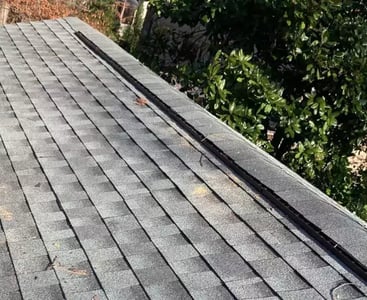
Once the main layer of shingles has been installed, it's time to finish off the roof with ridge cap shingles. Ridge cap shingles are specifically designed to cover the ridge of the roof, where two roof planes meet. They come in a variety of colors and styles to match the main layer of shingles.
The final step in installing a new roof is to clean up the mess. The roofing contractor will remove all debris from the job site, including old shingles, nails, and any other materials used during the installation process.
They’ll use a blower to ensure that nothing is left on the roof, clean out the gutters in the process, and should be using magnets throughout your yard and around the house to pick up loose nails and other debris.
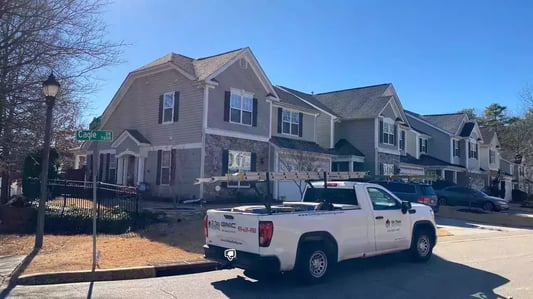
Additionally, the project manager will perform a full inspection once your replacement is complete. They’ll get on your roof, take a look around, answer any questions that you may have, and make sure the quality matches the high standards you expect when investing in a roof replacement.
Keep in mind, your final inspection usually happens the day after your roof is installed. No matter the contractor you hire, they should always inspect their workmanship to ensure your roof was properly installed and that everything agreed upon in your contract has been finished and meets your approval.
Now that we’ve walked through all the steps of installing a roof, what other questions do you have? Give our learning center a look to see what else we’ve written about the topics that you’re looking into!
In case you’re wondering why we feel so authorized to talk about replacing a roof, well, we’ve done a few in our time. More than 15,000, actually, so we’ve got a pretty solid idea of what it takes to get one done properly. We spend a lot of our time helping the Raleigh homeowners that we work with understand the roofing process, so we wanted to take that online, and see if we can help you out too!
On Tops Roofing has been replacing and repairing roofs in Raleigh, North Carolina since 1991. Whatever issue your roof is facing, we’re on it!

How do you find the best roofers? Ask an experienced roofing contractor who knows all the other roofing contractors in Fayetteville NC!
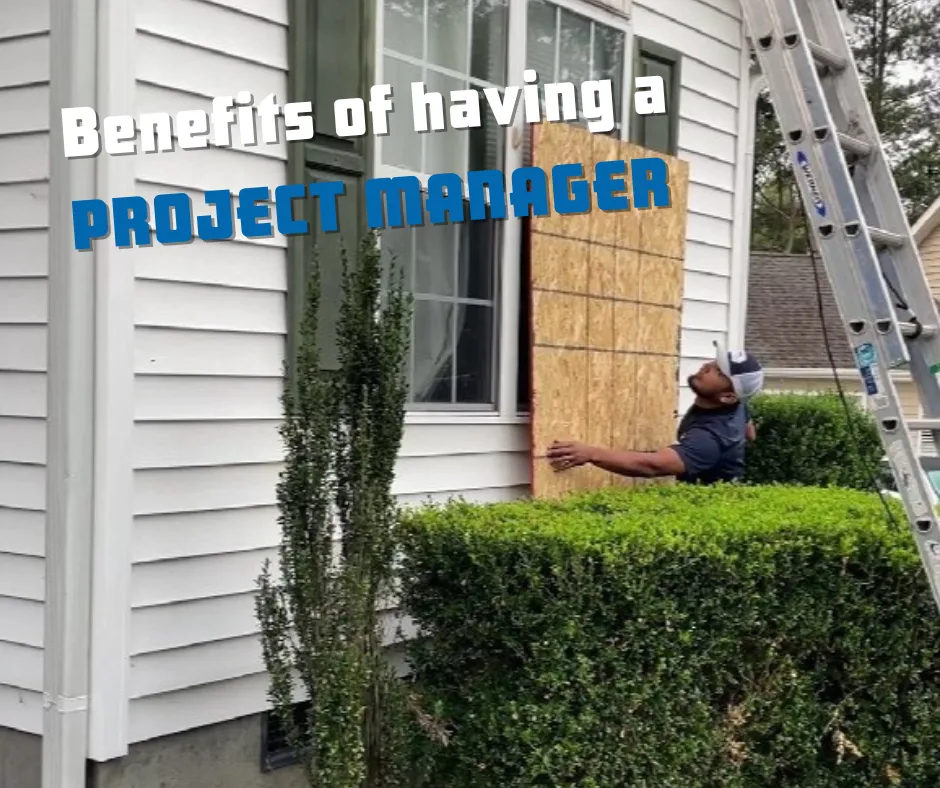
A roof replacement is a substantial undertaking, and the key to a successful project often lies in the hands of the project manager. This individual...
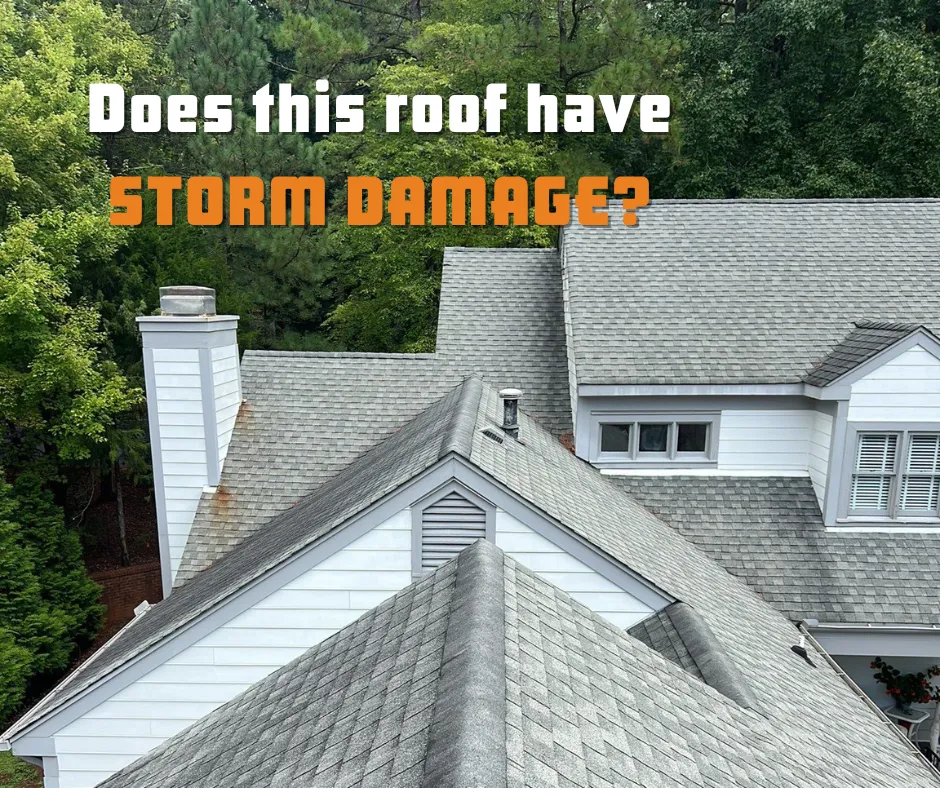
If you’ve recently experienced a storm, you should probably take some time to investigate your roof for signs of damage left by that storm.